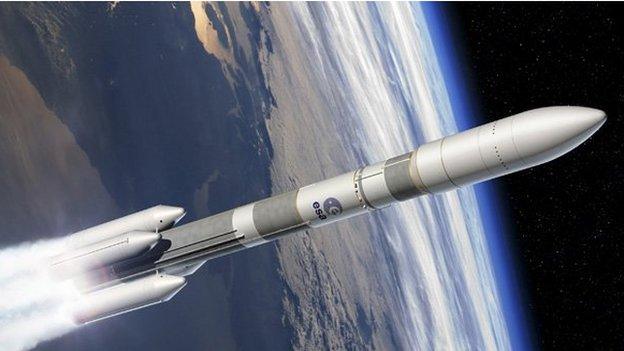UK to develop Quantum 'universal' satellite
- Published

Quantum should be ready for launch in 2018
The development of a completely novel type of telecommunications satellite has been approved.
To be called Quantum and built in the UK, the 3.5-tonne spacecraft will break new ground by being totally reconfigurable in orbit.
Normally, the major mission parameters on satellites - such as their ground coverage pattern and their operating frequencies - are fixed before launch.
Quantum is a European Space Agency telecoms project.
However, its development is actually a partnership with private industry, involving Paris-based satellite operator Eutelsat and the manufacturer Airbus Defence and Space.
The parties signed a contract on Thursday at the Harwell Science Campus in Oxfordshire.
The ultra-flexible payload of Quantum will be prepared by Airbus at its Portsmouth factory, and then integrated into the spacecraft bus, or chassis, at Surrey Satellite Technology Limited (SSTL) in Guildford. SSTL is an Airbus subsidiary.
Quantum should be delivered ready for launch in 2018.
Electronic shape
The satellite will have the flexibility to take on new roles at anytime - in coverage, in frequency band, and power use.
If it needs to be moved, perhaps to fill in behind another satellite that has failed in orbit, it will simply mimic the profile of the lost platform.
Part of this capability comes from the use of advanced, flat, phased-array antennas that can electronically change their shape.
This is different from the curved, pre-shaped mechanical antennas incorporated into traditional satellites.
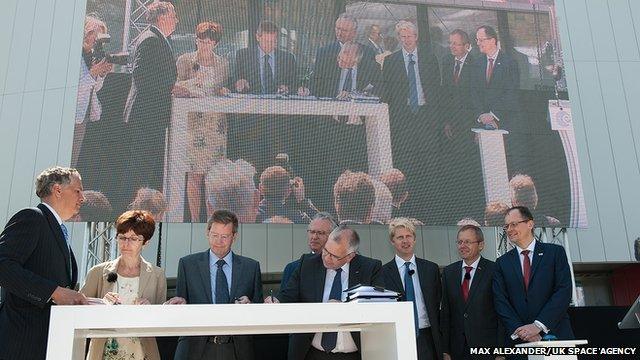
A contract was signed by the various parties on Thursday at the Harwell Science Campus
"The beauty of Quantum is that it uses active antennas on the uplink to the spacecraft and on the downlink to the Earth," explained James Hinds from Airbus.
"Active means the coverage - where you point - can be moved around at the touch of a telecommand through a process called software definition.
"This means, for example, you can put power where the market demands it, or, and this does happen, you can change your coverage to mitigate interference in places where someone is unintentionally, or even intentionally, jamming your signal."
Stepping up
Eutelsat has yet to fully define the initial mission for Quantum. It will however likely work predominantly in the Ku frequency band.
It should find itself relaying video, data, telephone calls and broadband connectivity to a range of customers - some static, some on the move.
Quantum could even feed direct-to-home TV if required, although this is one application for which it would not be best-suited.
"We are talking to governments, we're talking to maritime companies, we're talking to data operators - and we will focus Quantum on those users where we feel the eagerness is greatest," Michel de Rosen, the chairman and CEO of Eutelsat, told BBC News.

SSTL has already built a structural model of the satellite bus, or chassis
"Our company is working in an increasingly competitive market with many more players, and to stay ahead of the curve we need to innovate, and Quantum is the clear innovation."
For SSTL, Quantum represents another important step in the evolution of the one-time, small university spin-out.
It started by making small Earth observation satellites for use in low-Earth orbit a few hundred km above the planet. Quantum will be its first platform to be sited 36,000 up in the geostationary telecoms arc.
"This is something we've been looking to do now for some years," said SSTL's John Paffett.
"To get here, we've had to develop a number of key technologies and ways of working, such as larger satellite structures, higher power systems, and radiation-tolerant electronics. But this is just a first product. Our intention is take this capability into small telecoms satellites, to stimulate new markets and applications."
Economic strategy
The Harwell contract signing took place as Esa formally opened its new UK centre dedicated to satellite telecommunications.
In recent years, Britain has become the largest contributor to this area of Esa activity.
This investment has rolled back to UK companies, which have been able to grow their businesses on the back of the many innovations spawned by the agency's programmes.
Quantum is the third big Esa telecoms Public-Private Partnership involving British concerns, following previous projects spearheaded by the London-based satellite operators Avanti and Inmarsat.
The UK government identified satellites as one of the "eight great technologies" that could help rebalance the economy after the recession.
Science minister Jo Johnson said: "Space is a great British success story and the partnership between Airbus and Eutelsat to build cutting-edge telecommunications satellites here in the UK is testament to that.
"Our investment in collaborative space science means the UK has the know-how and technical expertise to provide exciting and innovative space solutions that will drive growth and create jobs."
The Quantum programme is valued at 250m euros (£180m), with 71m coming via the UKSA.
Jonathan.Amos-INTERNET@bbc.co.uk, external and follow me on Twitter: @BBCAmos, external
- Published25 June 2015
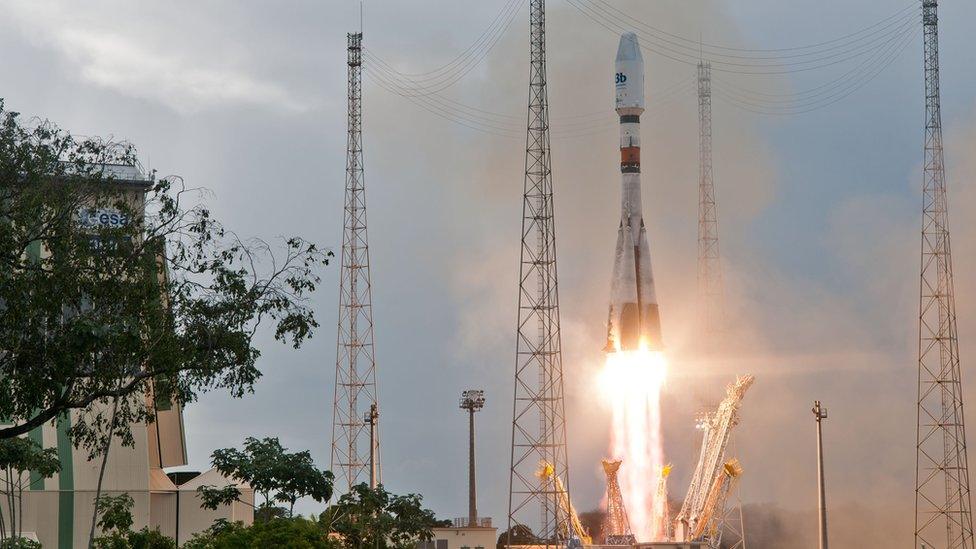
- Published22 June 2015
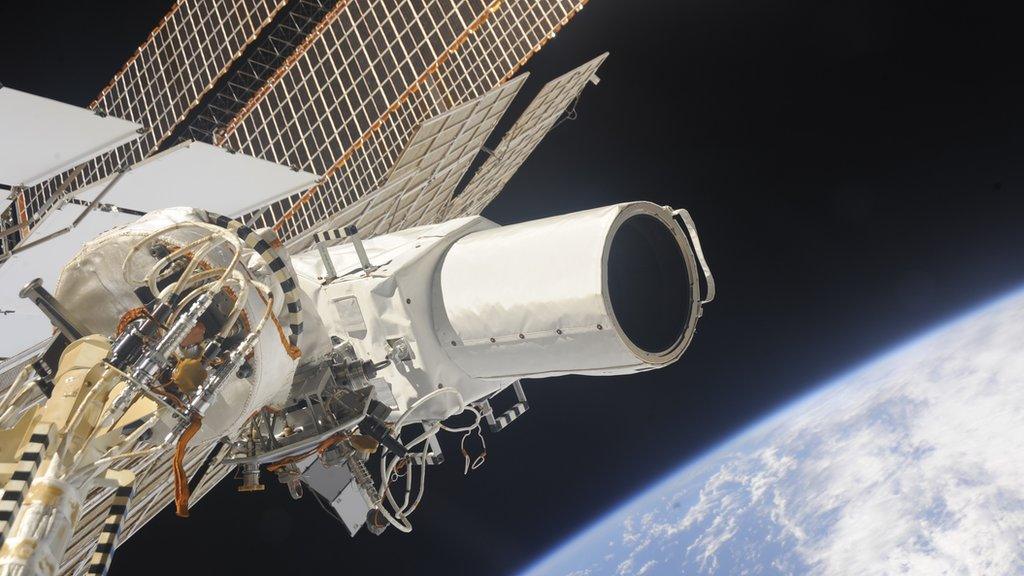
- Published25 July 2013
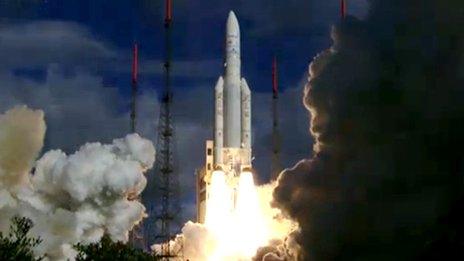
- Published3 December 2014
